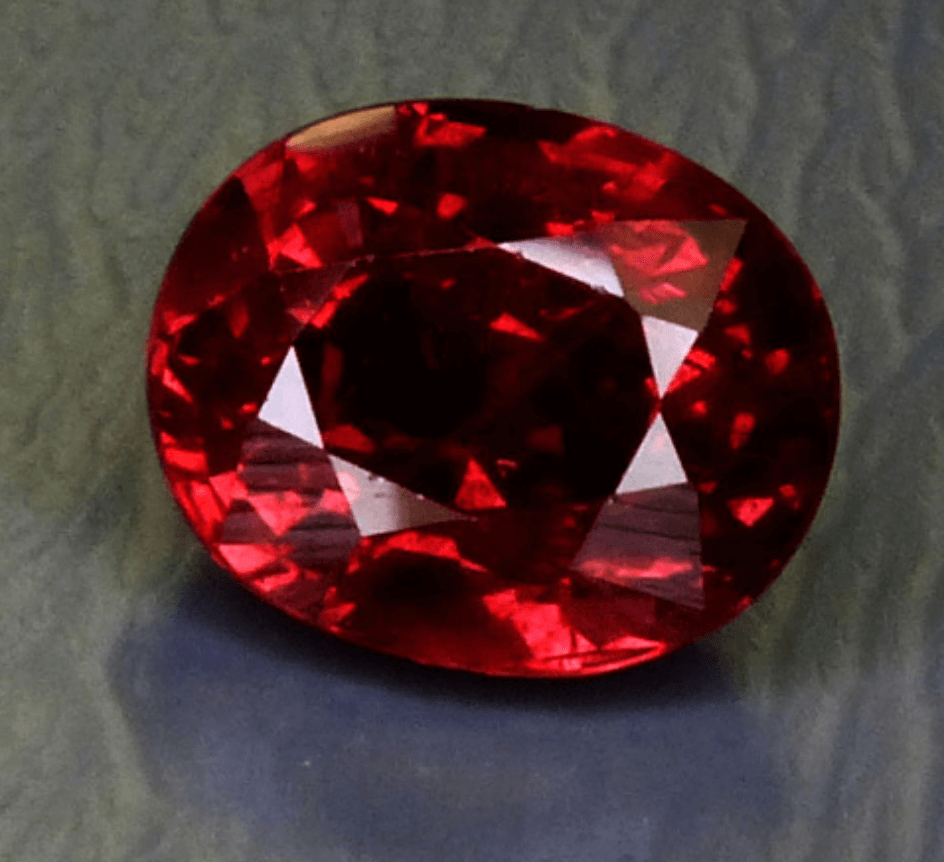Ruby Buying Guide
Learn essential ruby buying tips from experts. Discover how to evaluate color, clarity, cut & carat weight. Avoid synthetic stones & treatments. Complete guide for smart buyers.
12 Minute Read
Related Articles
Ruby Gemstone Value, Price & Jewelry Insights
Discover everything about ruby gemstones — from value factors and origins to care tips. Learn what determines ruby prices and...
Read More
Buying Gemstones in Afghanistan: A Beginner’s Guide
Considering buying gems in Afghanistan? Learn which Afghan gemstones to seek out, which to avoid, and prepare for a “buyer...
Read More
800 Years of Mogok: A Celebration in Tenuous Times
As Mogok, Myanmar prepares to celebrate its 800th anniversary, the inhabitants of this prolific gem producing region face an uncertain...
Read More
What’s the Difference Between Rubies and Pink Sapphires?
How do gemologists distinguish between rubies and pink sapphires? Learn about the chemistry of corundum and the history of the...
Read More
Latest Articles
Opal Buying Guide
Our opal buying guide can help you learn how opals are graded, what to avoid, and how to identify a...
Read More
Amethyst Sources Around the World: The Geological Story Behind These Purple Gemstones
Discover how amethyst forms in volcanic regions worldwide. Learn what makes Brazilian, Uruguayan, and other sources unique, and the geological...
Read More
Brazilianite Value, Price, and Jewelry Information
Brazilianite's lovely green to yellow colors make it a must for gem collectors. Large faceted stones are often flawed, but...
Read More
Ruby-Glass Composites vs Leaded Glass Clarity Enhancements
Ruby-glass composites and leaded glass ruby clarity enhancements are difficult for gemologists to detect. Learn how to identify these gems...
Read More
Never Stop Learning
When you join the IGS community, you get trusted diamond & gemstone information when you need it.
Get Gemology Insights
Get started with the International Gem Society’s free guide to gemstone identification. Join our weekly newsletter & get a free copy of the Gem ID Checklist!
